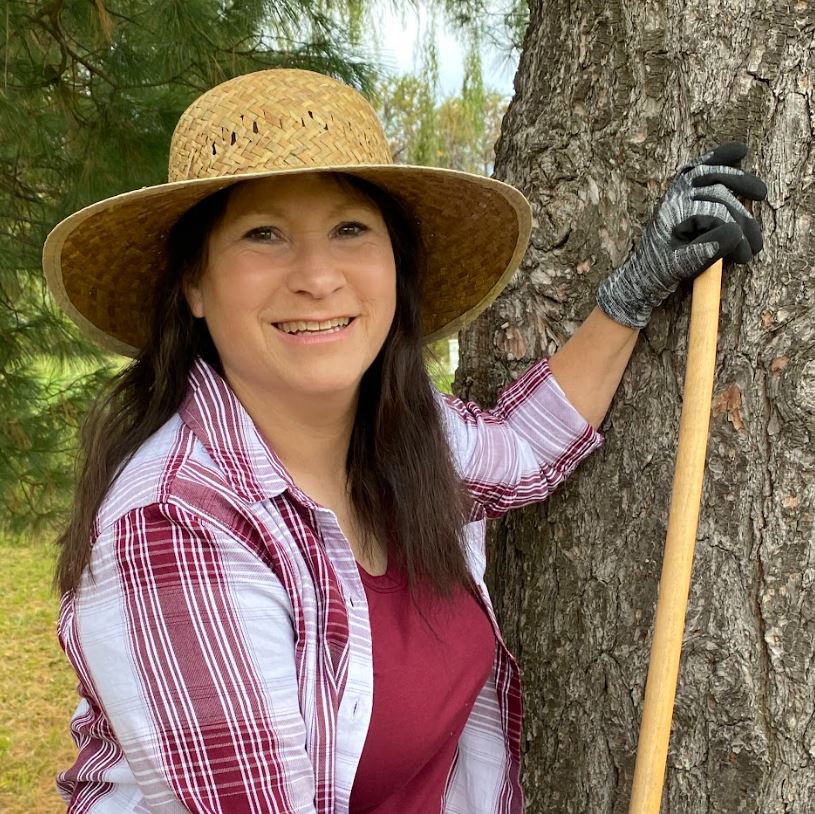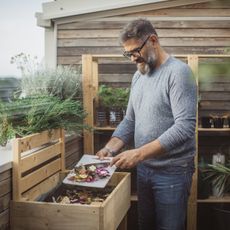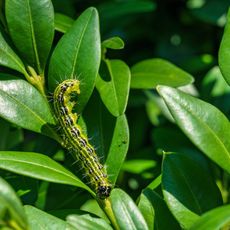A Bumper Crop Of Bell Peppers


If I had to pick my favorite garden-grown vegetable to preserve, it would definitely be bell peppers. I spend my summers roasting, dehydrating and freezing peppers and my winters using my bounty in a multitude of recipes. For me, this means growing and harvesting bell peppers in abundance.
When to Harvest Peppers
The first peppers I usually harvest are for table use. When bell peppers are small, they have very thin walls. I primarily use these in fresh salads and for snacking. Unless I'm out of frozen peppers from the previous year, I refrain from harvesting peppers until the walls have developed a thick flesh.
Bell peppers are green at this stage, but will turn vivid shades of red, orange, yellow, purple and brown when fully mature. As my goal is to preserve bell peppers in their glorious range of colors, I don't undertake a serious bell pepper harvest until they have completely changed colors.
Most years, my purple bell peppers reach maturity first. To balance the various colors in my bags of frozen peppers, I prepare and freeze the purple peppers when they are ready. However, I limit the number of peppers I place in each zippered bag. This way, I can add the other colors of peppers as they become available.
What to Do with a Bumper Crop of Bell Peppers
It seems to take forever for that first pepper to reach a fully ripe stage. Yet before I know it, I have brightly-colored bell peppers hanging from each plant. Can a gardener grow too many bell peppers? I don't think so, but here are some ways I preserve a bumper crop of bell peppers:
Freezing - I prefer to core and cut washed peppers into strips for freezing. This shape allows the pepper pieces to pack tighter in zippered freezer bags, which means I can store more peppers in less freezer space. If they freeze together, I loosen them by tapping the bag on the side of the freezer. This makes it easy to scoop out the needed amount of peppers for my recipes.
Dehydrating - I use dehydrated pepper flakes as seasoning on meat, potatoes and vegetables. I also use it in my homemade seasoning salt mix. I prefer the sweet robust flavor of dehydrated red peppers over the other colors. Every few days, I'll pick five or six red peppers to keep my dehydrator filled.
Gardening tips, videos, info and more delivered right to your inbox!
Sign up for the Gardening Know How newsletter today and receive a free download of our most popular eBook "How to Grow Delicious Tomatoes."
Roasting - This is one of my favorite methods of preserving peppers. Plus, roasted peppers take up very little freezer space. Using my outdoor grill, I place whole, washed bell peppers on the hot grates.
I roast each pepper until it collapses in on itself, then transfer the peppers to a metal colander to cool. I remove the crispy skins and pack meal-sized portions of roasted peppers in quart freezer bags. These are easily thawed in the microwave for sausage sandwiches or in any recipe where I want a rich bell pepper flavor.

Laura Miller has been gardening all her life. Holding a degree in Biology, Nutrition, and Agriculture, Laura's area of expertise is vegetables, herbs, and all things edible. She lives in Ohio.
-
 Urban Composting Guide: How To Compost In The Middle Of The City
Urban Composting Guide: How To Compost In The Middle Of The CityUrban composting does not have to be daunting. You can compost in the city, and maybe even try some urban worm composting!
By Mary Ellen Ellis
-
 Shrub Diseases And Pests To Watch Out For
Shrub Diseases And Pests To Watch Out ForShrub diseases and pests can be challenging. Learn how to recognize and eradicate them before they can present a danger to your plants.
By Susan Albert